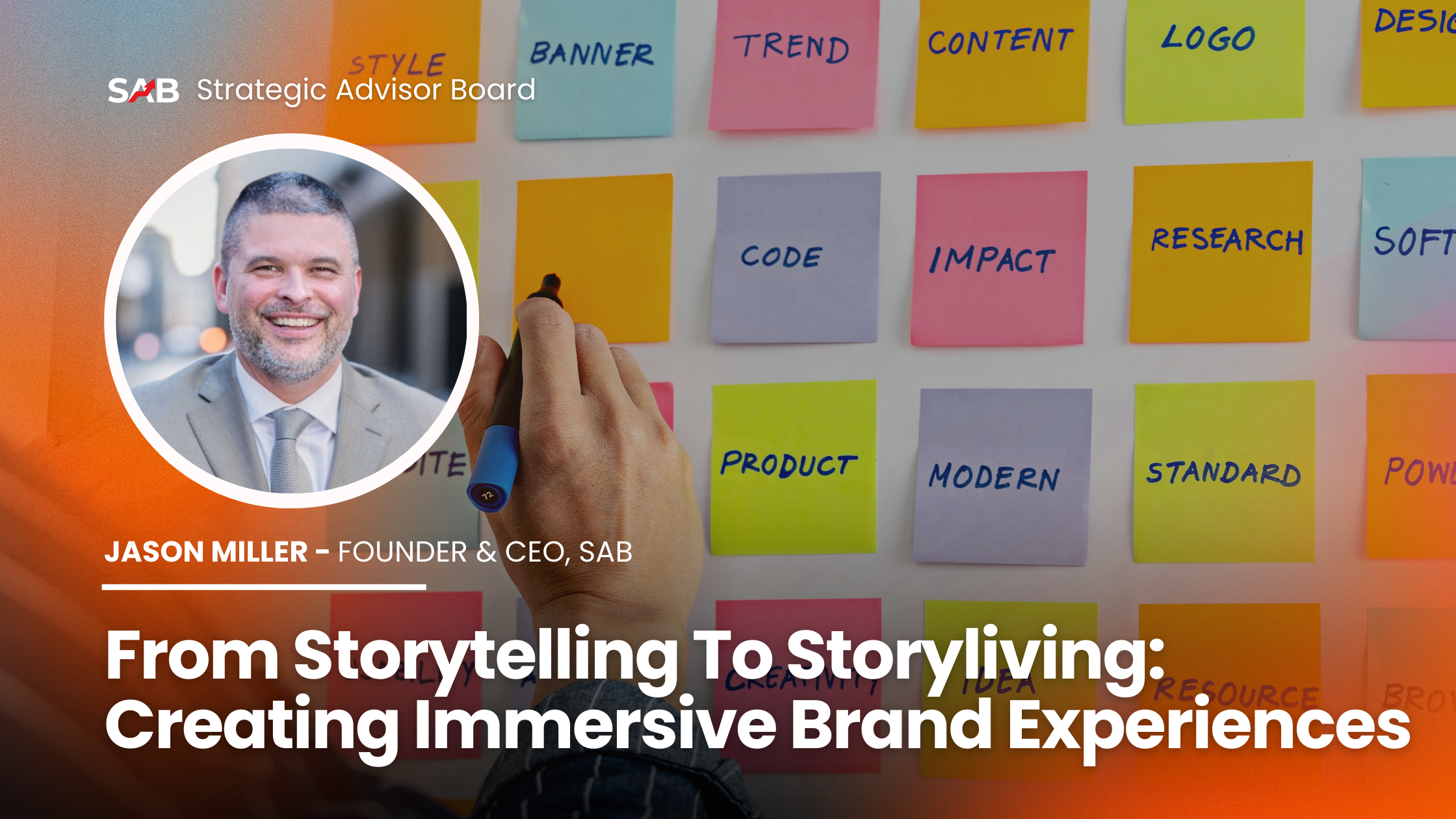
In an era where consumers are bombarded with countless marketing messages, traditional storytelling might not be enough to capture and retain attention. The evolution from storytelling to "storyliving" offers a new paradigm in which consumers don't just hear a brand's story—they live it. This approach creates immersive experiences that engage customers in a more profound and personal way, fostering a deeper connection with the brand. Here’s how companies are turning passive audiences into active participants in their brand narratives.
Storyliving empowers customers to become part of a narrative, experiencing it through interactive and immersive elements that go beyond visual or auditory storytelling. This could mean virtual reality (VR) experiences, interactive websites, or live events that make the customer a key player in the story. The goal is to create a memorable journey that enhances emotional engagement and fosters brand loyalty.
Technological advancements play a crucial role in the transition from storytelling to storyliving. Virtual and augmented reality technologies have opened new avenues for brands to create immersive experiences. For example, a VR campaign could transport users to a virtual world where they can interact with a product in various scenarios. These technologies not only captivate the imagination but also deepen the user’s emotional connection to the brand by offering unique, unforgettable experiences.
Personalization is central to storyliving. It involves tailoring experiences to individual preferences and behaviors, ensuring that each interaction feels unique and personal. Data analytics and AI are tools that help brands understand and predict customer preferences, allowing for more targeted and relevant experiences. For instance, a beauty brand might use augmented reality to let customers see how makeup products would look on their own faces before making a purchase.
Storyliving thrives on engaging multiple senses. This approach can involve anything from themed pop-up shops that feature tactile experiences with products to scent marketing that enhances the atmospheric storytelling of a brand. For example, a coffee shop might create a pop-up experience that not only allows customers to taste the coffee but also immerses them in the sights, sounds, and smells of the coffee’s origin country.
Gamification is another effective tool in storyliving. By incorporating elements of game playing such as point scoring, competitions, or rules of play, brands can transform traditional marketing into a more dynamic and interactive experience. This strategy not only increases engagement but also encourages repeated interactions, building a stronger bond between the customer and the brand.
Encouraging users to create and share their own content related to the brand’s narrative is a powerful aspect of storyliving. User-generated content (UGC) not only provides authenticity but also deepens engagement as customers become active participants in the brand story. This could be through social media challenges, storytelling contests, or customer reviews and testimonials, all of which help to spread the brand’s message in an organic way.
At its heart, storyliving is about building a community around shared experiences. Brands that succeed in this realm are those that create platforms for interaction among customers. This could be through online forums, branded events, or social media groups where customers can share their experiences and connect with others. Such communities not only reinforce customer loyalty but also help in amplifying the brand’s reach through word-of-mouth.
Several brands have excelled in creating immersive experiences. For example, a luxury car brand might use augmented reality to let potential buyers customize and interact with a car model right from their smartphone, adjusting features according to their preferences. Similarly, a travel company could use VR to offer virtual tours of holiday destinations, allowing customers to explore places before booking their trips.
Transitioning from storytelling to storyliving is about creating experiences that are not just seen or heard but lived. By leveraging new technologies, personalizing interactions, engaging the senses, and building communities, brands can create compelling narratives that customers are eager to enter. This shift not only enhances customer engagement but also sets a brand apart in a crowded marketplace. As we move forward, storyliving will become an increasingly vital tool in the marketer’s arsenal, transforming passive consumers into active brand advocates.
Embracing storyliving enables brands to forge deeper connections with consumers, turning every interaction into a personal and engaging journey that strengthens loyalty and enhances brand value.
Are you interested in growing your business with little or no work on your part? Check out our 1-Day Power Intensive to see if it’s right for you!
This article was brought to you by: Jason Miller, AKA Jason "The Bull" Miller, Founder/CEO and Senior Global Managing Partner of the Strategic Advisor Board - What has your business done for YOU today?